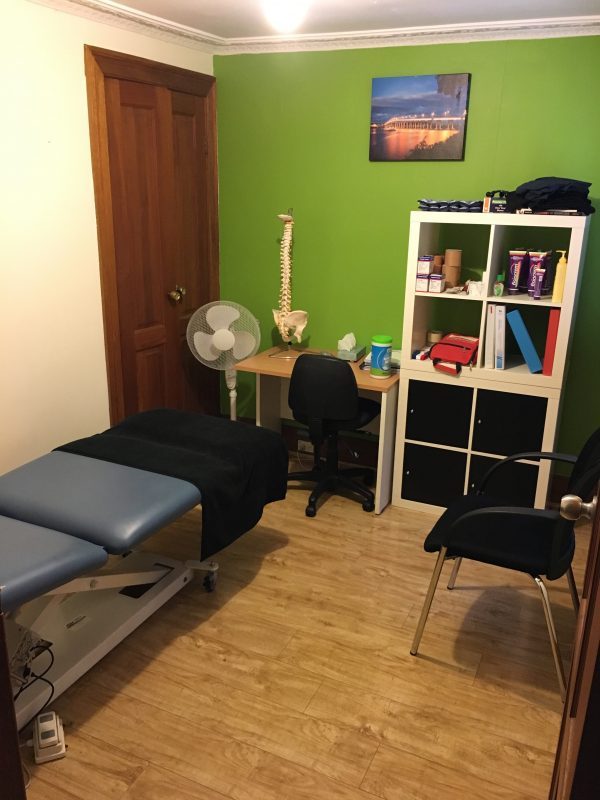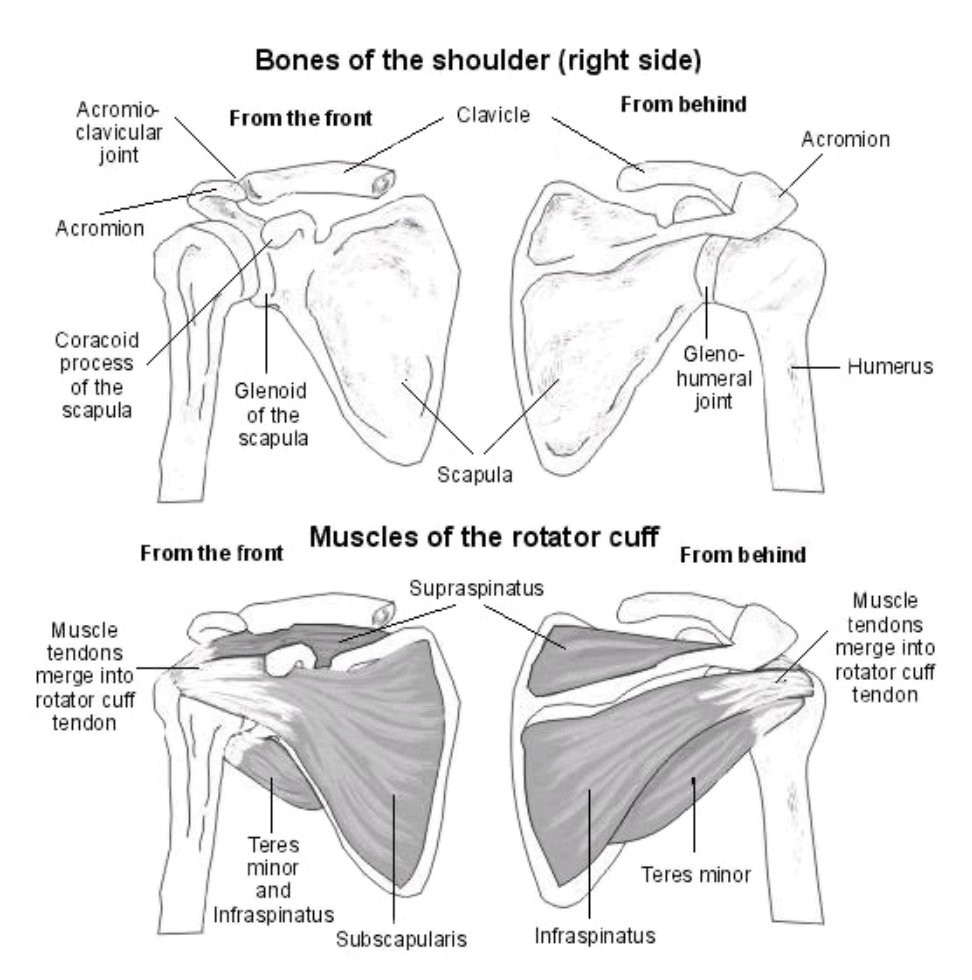Most people experience pain at some point in their lives, and many will assume that their joint pain is arthritis related, especially if you are in the 50+ age group. But what is arthritis? There are many different forms of arthritis which can affect both the young and old. Each type of arthritis has a different set of symptoms. Read below for common types of arthritis.
Osteoarthritis (OA)
Degeneration of the cartilage and underlying bone on weight bearing joints due to wear and tear. This leads to pain, stiffness, creation of extra bone growth – spurs, clicking or grating sensations. Symptoms occur most often in the lower back, hips, knees and even your fingers. OA and degeneration will occur in most people as they grow older, it can be made worse by poor posture, increased weight, abnormal biomechanics and poor nutrition. Doctors can diagnose most cases of osteoarthritis based on symptoms and X-rays. Osteoarthritis is a degenerative condition, meaning it will become progressively worse over time. It is not a disease, it is part of the ageing process. If you were to look at someone older than you, they would have more wear and tear than you will simply because they have been using their bones and joints for longer than you have.
Rheumatoid arthritis (RA):
Autoimmune disease. where the body’s immune system attacks normal tissues in the body. Constant inflammation around the joint capsule, ligaments, tendons and other soft tissues over time leads to destruction and deformity of joints.Unlike OA, RA affects small joints in the hands and feet and around the lower back. RA is characterized by periods of exacerbation and dormant stages. RA is progressive disease which become worse over time.With this type of arthritis the pain may actually get worse as you rest due to the build-up of inflammation. Blood tests and x-rays can help doctors to diagnose the condition, and treatment by a rheumatologist is central to management.
Psoriatic arthritis
Arthritis that visibly affects the skin as well as underlying joints. People tend to report symptoms such as red, white or silvery patches of dry skin, pain or discomfort in the skin, or pain in the underlying joints. The dry skin may appear on the knees, elbows, scalp, hands and feet, or on the spine. Factors that can make the symptoms of psoriasis worse include stress or anxiety, medications, exposure to excessive sunlight, smoking and alcohol, or injury to the skin.
Gout
Caused by excess uric acid within the blood stream. The uric acid forms crystals, which accumulate within the joint spaces, causing pain and inflammation. Excess uric acid is associated with a diet rich in meat, seafood, fructose and alcohol, as well as other factors including obesity, metabolic medical conditions, family history, and increased age. Gout is also associated with kidney stones and management includes changing your diet to lower uric acid levels.
Contact your GP for medical advice and management. Physiotherapy will help to guide your exercise journey and assist with other pain management strategies. helping to keep you active and healthy. Activities such as hydrotherapy, exercises and stretching have their place in maintaining correct posture and strengthening muscles appropriately to protect the body in areas of pain.


